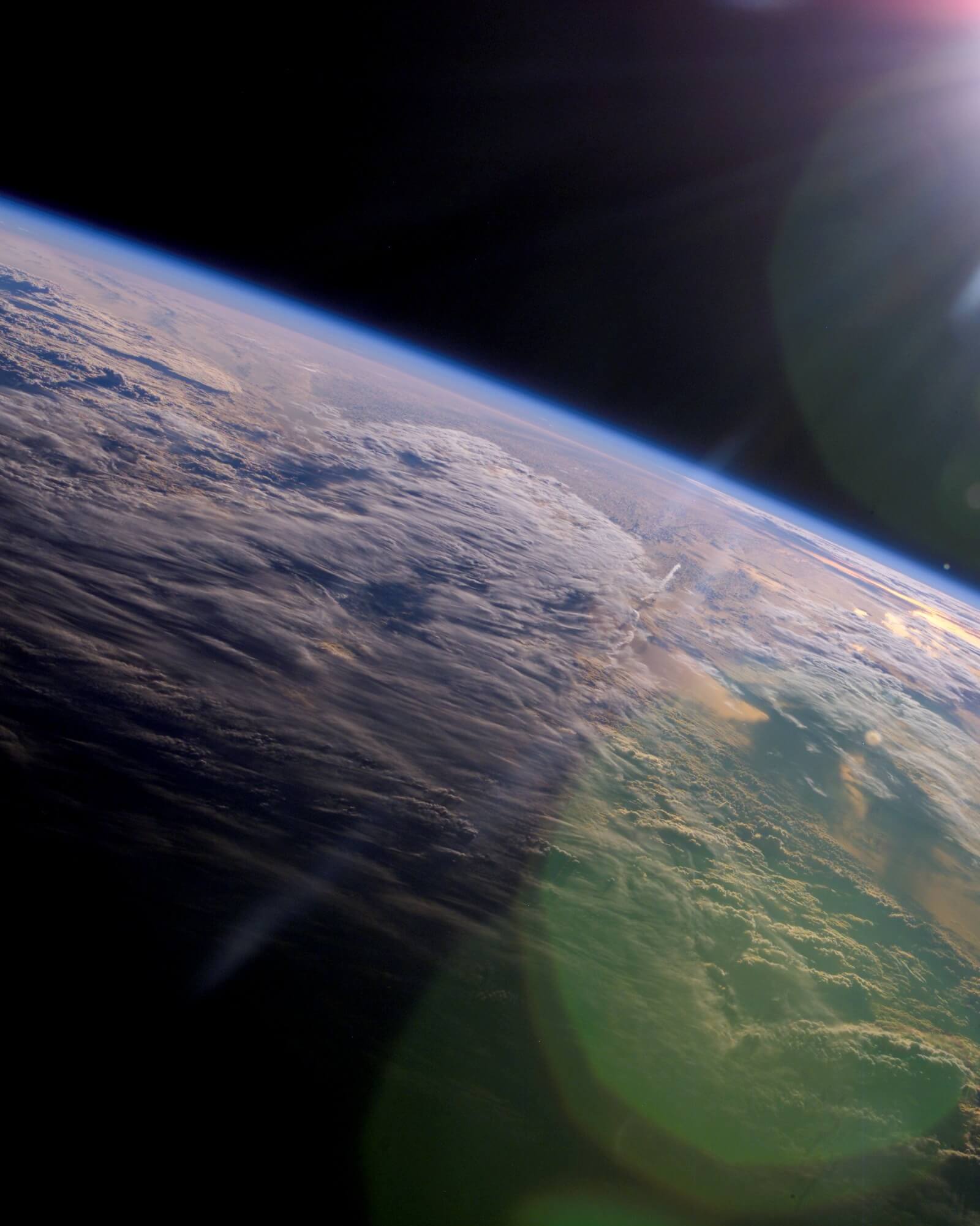Annual STI Spotlight: #NASAMissionGo
About
The 2021 #NASAMissionGo campaign highlighted a current NASA mission each month using the STI Program’s social media channels. Find us on Facebook launch , Twitter launch , and YouTube launch !
Explore Prior Mission Spotlights
December: The James Webb Space Telesceope launch The James Webb Space Telescope’s revolutionary technology will study every phase of cosmic history—from within our solar system to the most distant observable galaxies in the early universe. Webb’s infrared telescope will explore a wide range of science questions to help us understand the origins of the universe and our place in it.
November: The International Space Station launch The International Space Station (ISS) is a modular space station in low Earth orbit. It is a multinational collaborative project involving five participating space agencies: NASA, Roscosmos, Japan Space Exploration Agency, European Space Agency, and Canadian Space Agency. The ISS provides a unique scientific platform where astronauts conduct experiments across multiple disciplines of research, including Earth and space science, biology, human physiology, physical sciences and technology demonstrations that could not be done anywhere else in the world.
October: Lucy, the First Mission to the Trojan Asteroids launch Lucy will be the first space mission to study the Trojan asteroids. The mission takes its name from the fossilized human ancestor (called “Lucy” by her discoverers) whose skeleton provided unique insight into humanity’s evolution. Likewise, the Lucy mission will revolutionize our knowledge of planetary origins and the formation of the solar system.
September: OSIRIS-REx Asteroid Mission launch OSIRIS-REx traveled to near-Earth asteroid Bennu and is bringing a small sample back to Earth for study. The mission launched Sept. 8, 2016, from Cape Canaveral Air Force Station. The spacecraft reached Bennu in 2018 and will return a sample to Earth in 2023.
August: Mars Curiosity Rover launch Part of NASA’s Mars Exploration Program, Curiosity was designed to assess whether Mars ever had an environment able to support small life forms called microbes.
July: Juno Mission launch NASA’s Juno Mission will improve our understanding of the solar system’s beginnings by revealing the origin and evolution of Jupiter.
June: New Horizons Mission launch Thanks to the New Horizions Mission, scientists were able to confirm the size of Pluto and its moon Charon, and uncover the complex geology of both.
May: InSight Mars Lander launch NASA’s InSight Mars Lander landed in the Elysium Planitia region of Mars on November 26, 2018 and is the first mission to explore Mars’ deep interior. The instruments on the lander provide data on the Martian air temp, wind speed, atmospheric pressure, & even seismic data.
April: Hubble Space Telescope launch With over 30 years of operation, NASA’s Hubble Space Telescope has made over 1.4 million observations and has transformed our view and understanding of the universe.
March:
Parker Solar Probe
launch
By orbiting closer to the Sun than any spacecraft before, the Parker Solar Probe is revolutionizing our understanding of the Sun.
February:
Perseverance Mars Rover
launch
The most recent rover to land on Mars, it is searching for signs of ancient life & help us understand past habitability of Mars.
January:
Commercial Crew Program
launch
The Commerical Crew Program develops and operates spacecraft and launch systems to carry crews to low-Earth orbit and the International Space Station.
